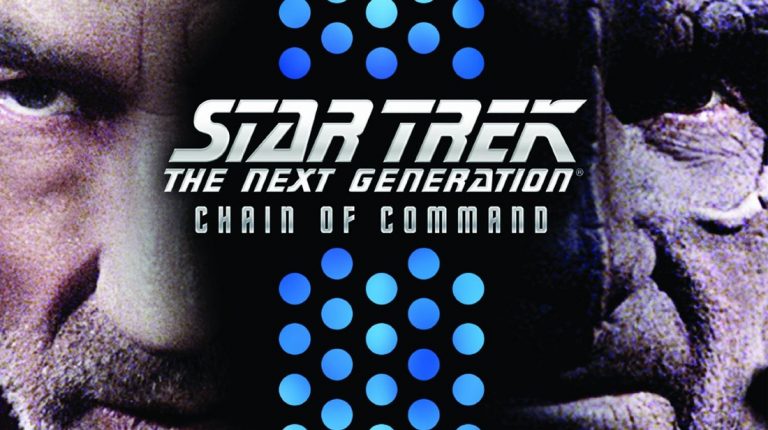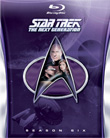We reported back in April that as part of a large overhaul of the Smithsonian’s National Air and Space Museum, the original Constitution-class Enterprise filming model will undergo a full evaluation and restoration, and then return to the main museum hall.
[iframe src=”http://www.youtube.com/embed/KYIB17NXetU” width=”560″ height=”315″]
This is the first restoration for the Enterprise model in nearly twenty-five years, and to make sure we got the most insightful information about this new undertaking, we went right to the source — Dr. Margaret Weitekamp, curator of the Air and Space Museum’s spaceflight collection, who will be overseeing the Enterprise project over the next two years.

TREKCORE: Tell us about the new Milestones of Flight hall – how was the Enterprise model was chosen to be included in the primary museum exhibit?
 DR. MARGARET WEITEKAMP: The museum announced in April that we’ve received a very generous gift from Boeing – and as part of that gift, the Milestones of Flight Hall is going to be redone, rethought, and reopened in July 2016 as the Boeing Milestones of Flight Hall at the Air & Space Museum building on the National Mall.
DR. MARGARET WEITEKAMP: The museum announced in April that we’ve received a very generous gift from Boeing – and as part of that gift, the Milestones of Flight Hall is going to be redone, rethought, and reopened in July 2016 as the Boeing Milestones of Flight Hall at the Air & Space Museum building on the National Mall.
When we started looking at that space and thinking about what we wanted to do with it, we decided that most of the artifacts there will remain the same. The museum has added a lot to that hall after almost forty years, but while it’s never featured ALL of the milestones, it’s been one of the places that the museum has featured the fastest, the firsts, and the things that have gone the furthest.
The main theme in the revised Boeing Milestones of Flight hall is going to be more about how aviation and spaceflight has transformed the world, from the availability of being able to travel across long distances easily but also all of the revolutions in satellite technology and what that has done of what we know about ourselves, our planet, and our universe.
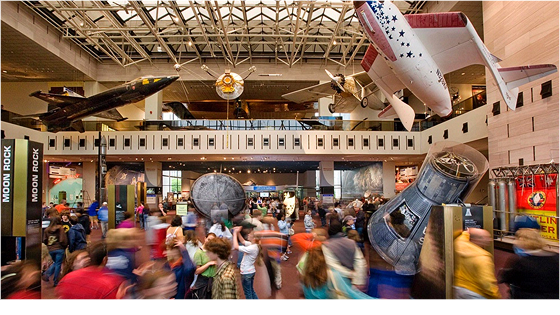
One of the things we wanted to add to the hall was an ‘imagination’ portion – the museum had always had in its collection things that reflect popular culture interests and the ways that spaceflight has been imagined, because there’s a rich relationship between the ways people have imagined what it would be like to live and work in space, and the things that people have actually been able to do in space.
If there’s any one piece in the hall that tells the broader cultural story of imagination and inspiration, I couldn’t think of anything better than the original Enterprise studio model.
TREKCORE: It’s a lovely coincidence that the model will be added to this featured exhibit in 2016, the year of the Star Trek franchise’s fiftieth anniversary.
WEITEKAMP: Yes, it works out very nicely! As the curator for the Enterprise model, I had been looking for several years for an opportunity to give the model some refurbishment and to take a good look at its condition. The model hasn’t actively been worked on since 1991; I wanted another look at the paint, another look at the structure.
It’s in pretty good shape for being almost fifty years old, but studio models are notoriously built exactly as cheaply as possible to get the shots the film crews want. It was not built to be a museum piece, but for a specific function within the television world.
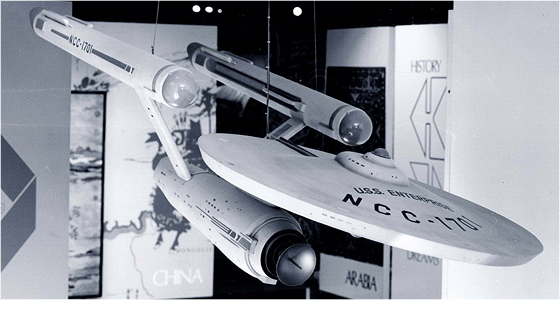
It had always been designed to be on a floor-mounted stand; that’s how it was used during the television production. When the museum received it in 1974, the team at the time arranged it to hang on display, and it hung for almost twenty years until we were able to have the custom display case we built in 2000.
There’s always a challenge when you convert things that were not built for a long life into museum pieces which are meant to last for years.
TREKCORE: You mentioned the model’s paint scheme – as you’re likely aware, the paint changes made by the 1991 restoration team have been a point of fairly serious debate among fans ever since it debuted.
Will you be using the various reference material that has become available since then – like Blu-ray screencaps and restored production photography – in the new project?
WEITEKAMP: Well, we’ll certainly be going back into the museum’s own records on the model, and then also take a look at the best information we can find in order to figure out what needs to be done – and what we are able to do.

The museum’s approach is one of conservation, so we’re treating the model as a historic object – we don’t have carte blanche to just do anything we want with it, just like every other piece in our collection. The idea that you would want to add a modern glass canopy or something to the Spirit of St. Louis is a neat idea, but that’s now how we treat these things.
What I want to do, really, is take a look at what we need to do to make sure the model is stable and safe, and then to use the latest science that we have through our conservation lab to figure out what we can learn about the model in terms of its structural integrity and its appearance.
We’ll be doing a lot of research on its appearance as part of this project, and definitely looking at the paint as I know it’s something the fans have been very concerned about. As a fan myself, I’m obviously interested in seeing this object come back to its best possible condition – understanding that it’s still going to look like a fifty-year-old model. I’m not interested in making it all shiny!
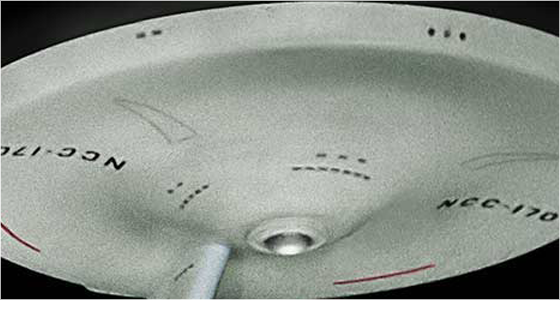
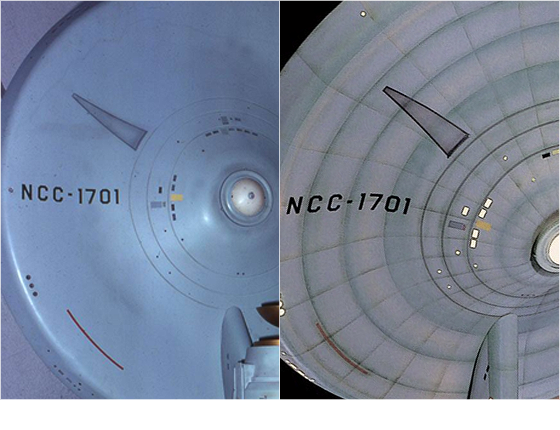
I would say, mainly, that we haven’t made any final decisions about any of the structural or aesthetic issues at this point; we’re just now getting into the lab and beginning to get a look at the model.
Our chief conservator is putting together a new report over the next few weeks, so hopefully we can sit down this fall and really figure out what the issues are that we have to deal – and what choices need to be made about how to move forward.
TREKCORE: Obviously, it’s still early and you need to analyze the Enterprise model fully, but do you have an idea of a timeline for the project?
WEITEKAMP: Well, it’s really going to depend on what needs to be done for the model – and in terms of it coming out back on display, that’s going to have to depend on the rest of the Milestones of Flight work.
The advantage of connecting this to the Milestones project is that it will allow us to put the model in the main space just as visitors enter the museum, but it also means that we have to coordinate the installation of the new display with the rest of the work that’s being done in that section of the building. There are a lot of moving parts to think about between now and 2016.

TREKCORE: Can you give us some more details about the conservation lab, and what kind of work the team may be facing when they start examining the model?
WEITEKAMP: The Steven F. Udvar-Hazy Center, out by Dulles Airport in Virginia, opened in 2003, and the space hanger attached opened in 2004 – and just in the last few years, we were able to open some additional behind-the-scenes facilities there as well, which has given us some additional object storage, and allowed us to move our restoration shop from a location in Maryland.
So the Enterprise model has been moved to the Emil Buehler Conservation Laboratory. This lab gives our conservation team a place where they can really use some of the latest science to take a look at the model – things like using spectroscopy to look, chemically, at what paints and exposes have been used on an aircraft or spacecraft or model, in this case – and then be able to make judgments about what kinds of treatments they want to use.
We have wonderfully talented people, and great artifacts, but this facility gives us a more state-of-the-art space in which to do some of this conservation work.
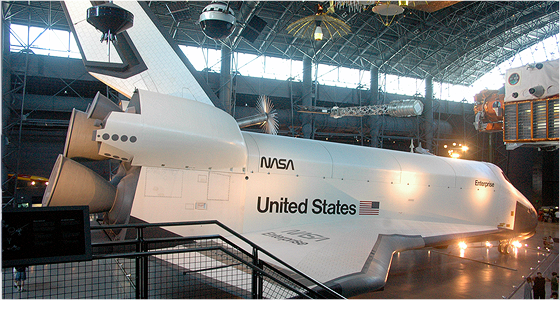
TREKCORE: It certainly makes a certain amount of sense for the Enterprise model to travel to the Udvar-Hazy Center, now that the space shuttle Enterprise is no longer parked in the McDonnell hanger!
WEITEKAMP: [laughs] It’s a name with a very rich history. We’ve always had more than one Enterprise in the Smithsonian collection – we also have a very good model of the Enterprise aircraft carrier – but it certainly makes things less confusing in our spaceflight staff meetings now that the space shuttle Discovery is here instead!
TREKCORE: Do you anticipate having to outsource any of the work that might be outside of the conservation lab’s capabilities?
WEITEKAMP: Our plan is to do everything at the Buehler lab, and I don’t anticipate taking it offsite again. Some of that, of course, will depend on what we find when we start taking a close look at the model.

We’ve been doing inspections over the years, and of course the fan community keeps us aware of the condition of the model. We’ve been seeing some aging and crazing in the paint, and I’m a little concerned with some structural issues.
The design of the Enterprise as a ship is that it looks like it can’t easily exist in Earth’s gravity; I had a very good conversation with Mike Okuda who was telling me that he’s never had a model of the Enterprise that hasn’t had some sort of similar issues due to gravity. At some point, things just start to sag.
There’s a little bit of separation in the nacelles that I’m concerned about, and we’re going to take a look and how best that can be addressed.
TREKCORE: Have you been in touch with anyone else from the Star Trek production team to assist with the project, to serve as franchise consultants?
WEITEKAMP: I have, and now that we finally have the model off display, I can now formally get in touch with people and request some of their assistance and support – so I don’t have names I can give out just yet. But yes, we’re looking at doing that.
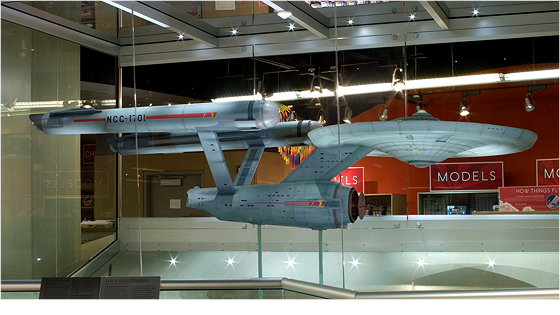
TREKCORE: That sounds like a lot of good plans – and a lot of fans will surely be happy to see the model out of the basement.
WEITEKAMP: I think that this attempt to save it for public access has just gotten misconstrued over time as a sign of disrespect for this cultural icon.
Back in the 1990’s, this was an object that didn’t really have a home. It had been part of various displays, and then it was part of a traveling Star Trek exhibit – at some point, when it came back, there wasn’t a permanent display place available. At eleven feet long, it can’t easily be tucked into a corner!
Some of my predecessors were able to find a space in the gift shop – and get that custom case built in the basement level – as a way to ensure that it stayed on public display and out of an Indiana Jones-style storage facility. It would have been well preserved, of course, but it would have been out of the public view.

As the curator for this piece, my thoughts have always been that I wasn’t going to move it until I could get it – conservationally speaking – into a situation as good as it had in the gift shop. It had a custom case away from natural light and in a position where I didn’t have to worry about vibration or other things physically damaging the model.
I’ve been well aware that fans were interested in having it moved; to see it more in the context of the other artifacts that we have in the Smithsonian’s national collection. The opportunity we have now to bring it into the Milestones space really sold me on doing this new work on the model, to have a new custom case built, and to get it back in the conversation with the other artifacts in the collection.
Anytime you move something this large and this delicate, there’s always the danger of doing damage to it, so we try not to make these types of decisions lightly. If we’re going to take on a project of this scope and complexity, we want to make sure that we’ve got a clear sense of where it’s going when it’s completed, and how it’s going to be exhibited.
I’m very pleased with the opportunity to put it back into the collection in the Milestones gallery.
TREKCORE: So you don’t do it until you can do it right!
WEITEKAMP: Yes! [laughs] I’ve been working for this for about three or four years, thinking about ways to put the pieces in place to make it happen. I’m very happy with this, and I’m especially happy that the Enterprise model has made it from the National Mall in Washington, D.C., to the conservation lab in Virginia.
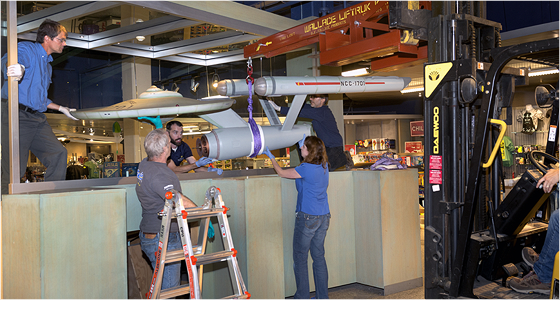
People thought I was going to be excited that it was moving, and I told them that I’d be a lot more excited once it got there safely! It’s a wonderful piece, and it’s a little nerve-wracking to stand there and watch it hang from a crane!
TREKCORE: We know how early it is in the process – and there’s a lot to figure out yet – but we’d really love to check in with you and your team over the next several months to follow the process moving forward.
WEITEKAMP: Oh, we’d be very interested in that. We’re excited to take on this project – we’re fans of the show, fans of the franchise, and obviously, fans of this model. I’m glad to be able to do this work and share it with the fans.
Museum curators believe that all of our objects are alive – they all have lives before they arrive at the museum, and they continue to have lives through their exhibit and their interaction with people who come to see them.
It’s very clear to me that the Enterprise model is an object that has a very rich life and a lot of people are very passionate about it. It definitely keeps the bar raised for making sure that we do right by it.
TREKCORE: Thanks so much for your time, Dr. Weitekamp – we look forward to speaking with you again!
Dr. Margaret A. Weitekamp curates the Air and Space Museum’s social and cultural dimensions of spaceflight collection, more than 4,000 artifacts that include space memorabilia and space science fiction objects.
These everyday mementos of the space age – which include toys and games, clothing and stamps, medals and awards, buttons and pins, as well as comics and trading cards – complete the story about spaceflight told by the Museum’s collection of space hardware and technologies.
This interview has been condensed and edited for clarity.








![]()

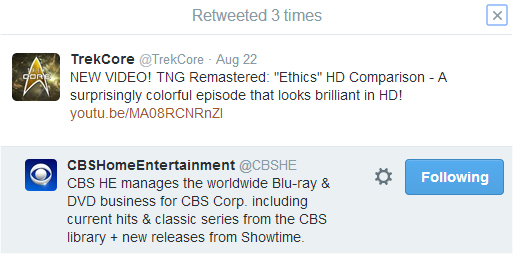
![]()


![TrekCore YouTube Channel Offline [We’re back!] TrekCore YouTube Channel Offline [We’re back!]](https://blog.trekcore.com/wp-content/uploads/2014/10/yt2-thumb.jpg)
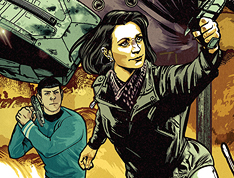
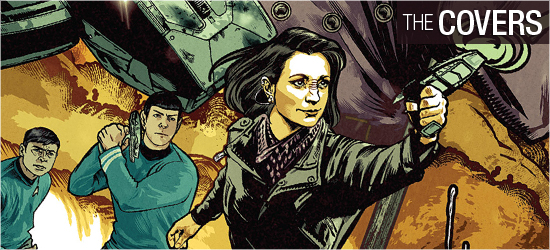
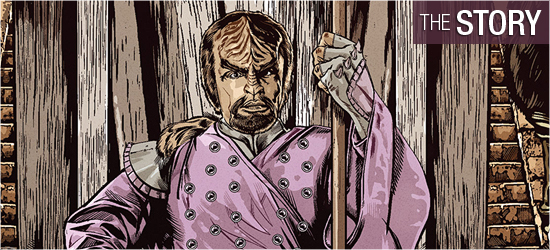
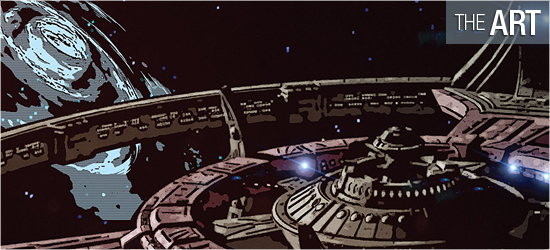

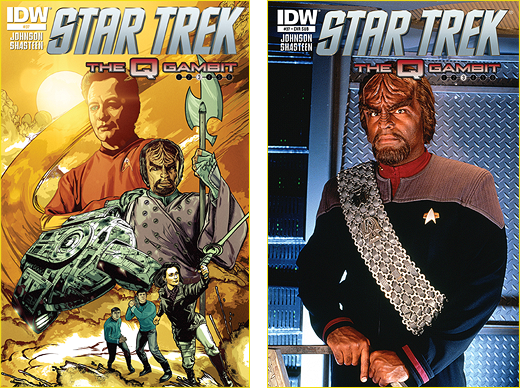
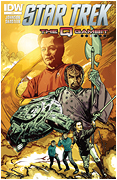
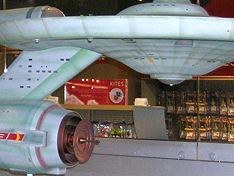
 DR. MARGARET WEITEKAMP: The museum announced in April that
DR. MARGARET WEITEKAMP: The museum announced in April that 
















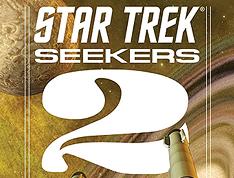
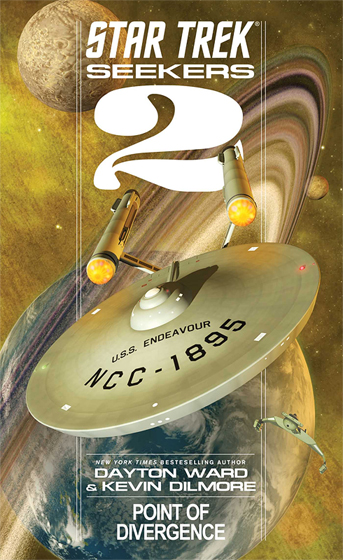
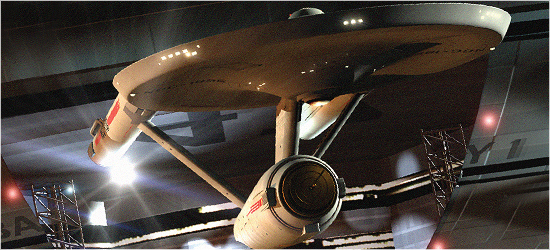
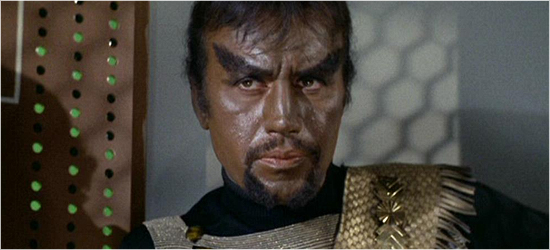

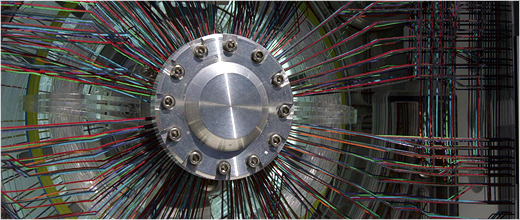
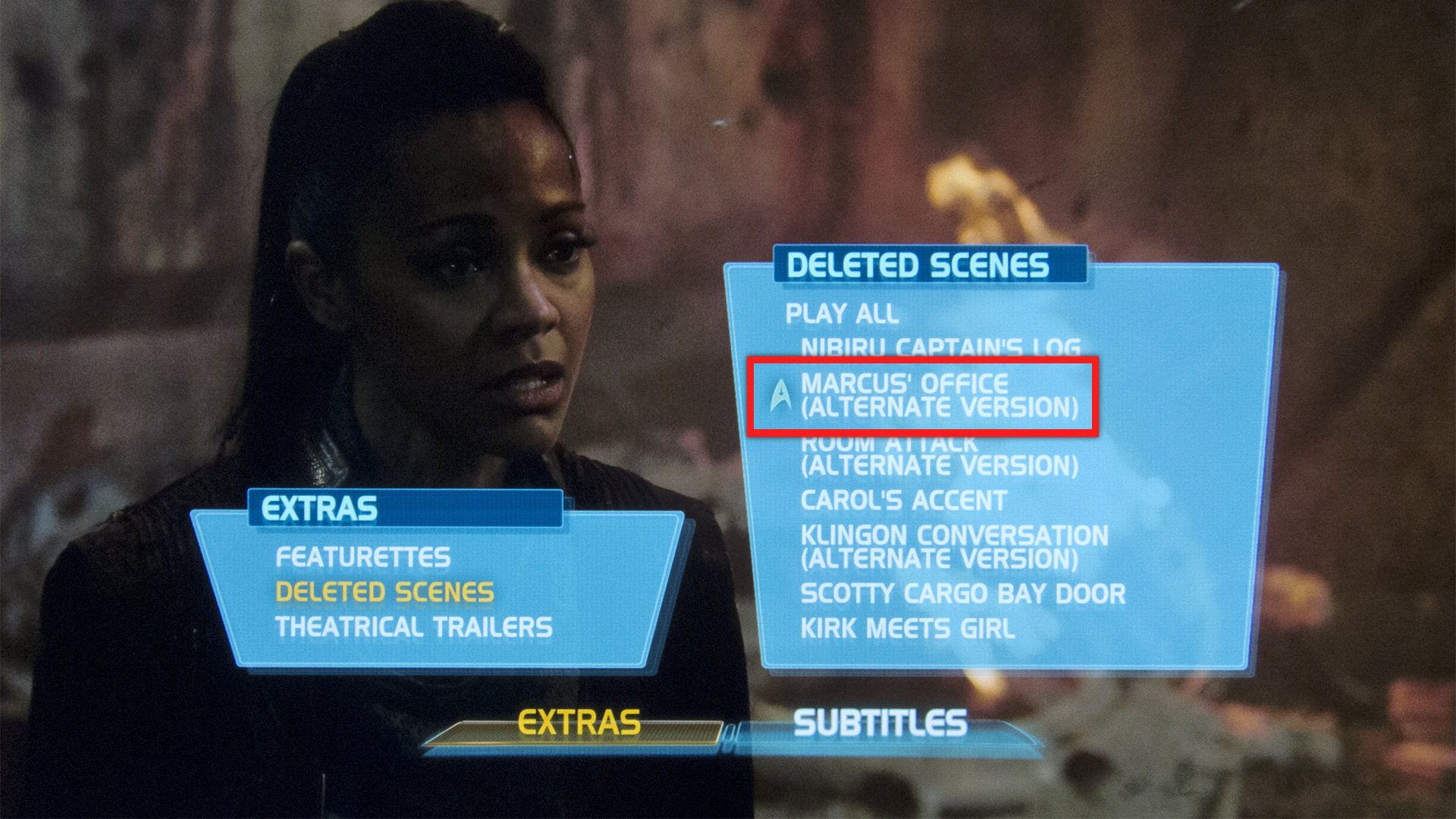
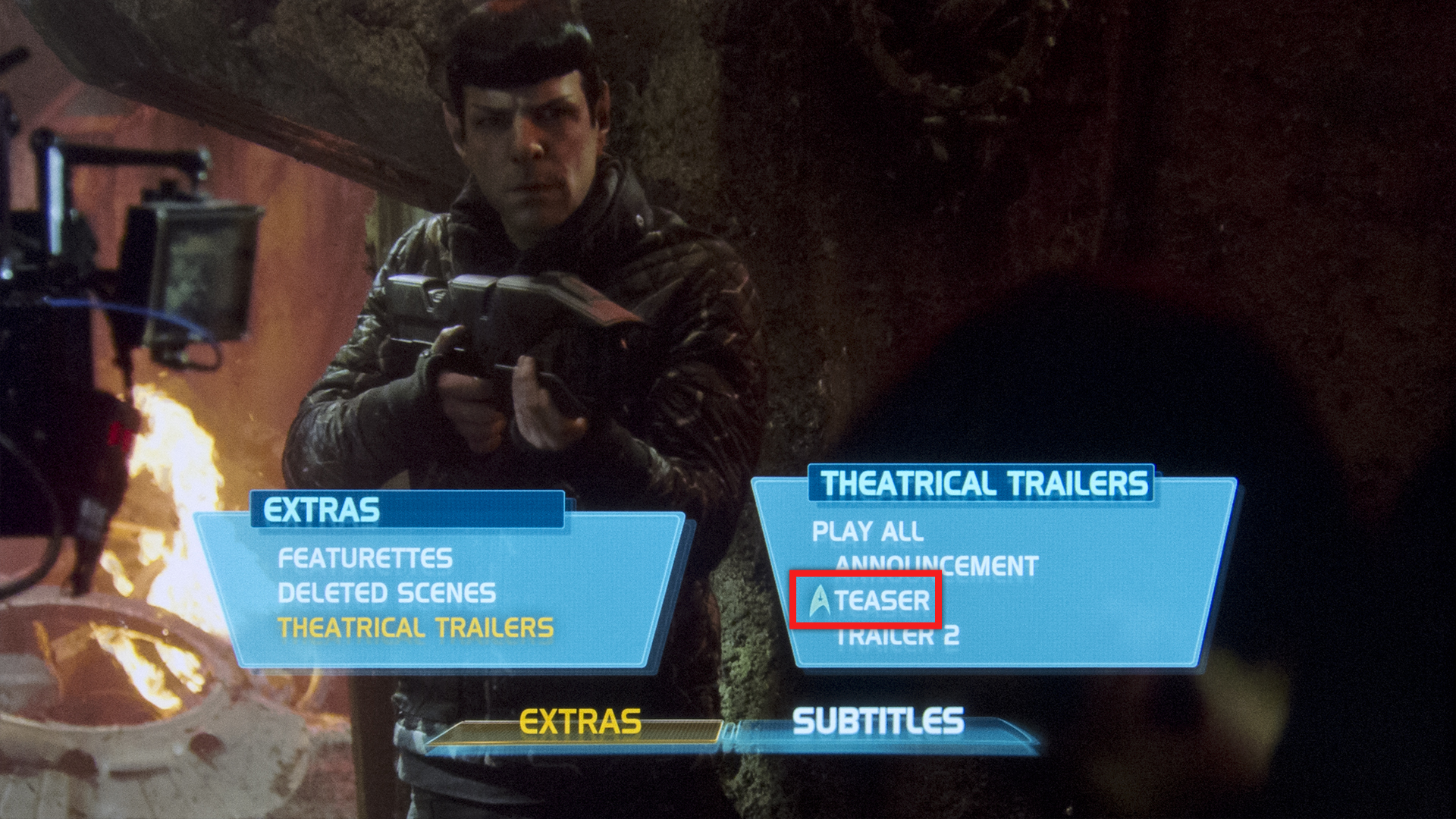


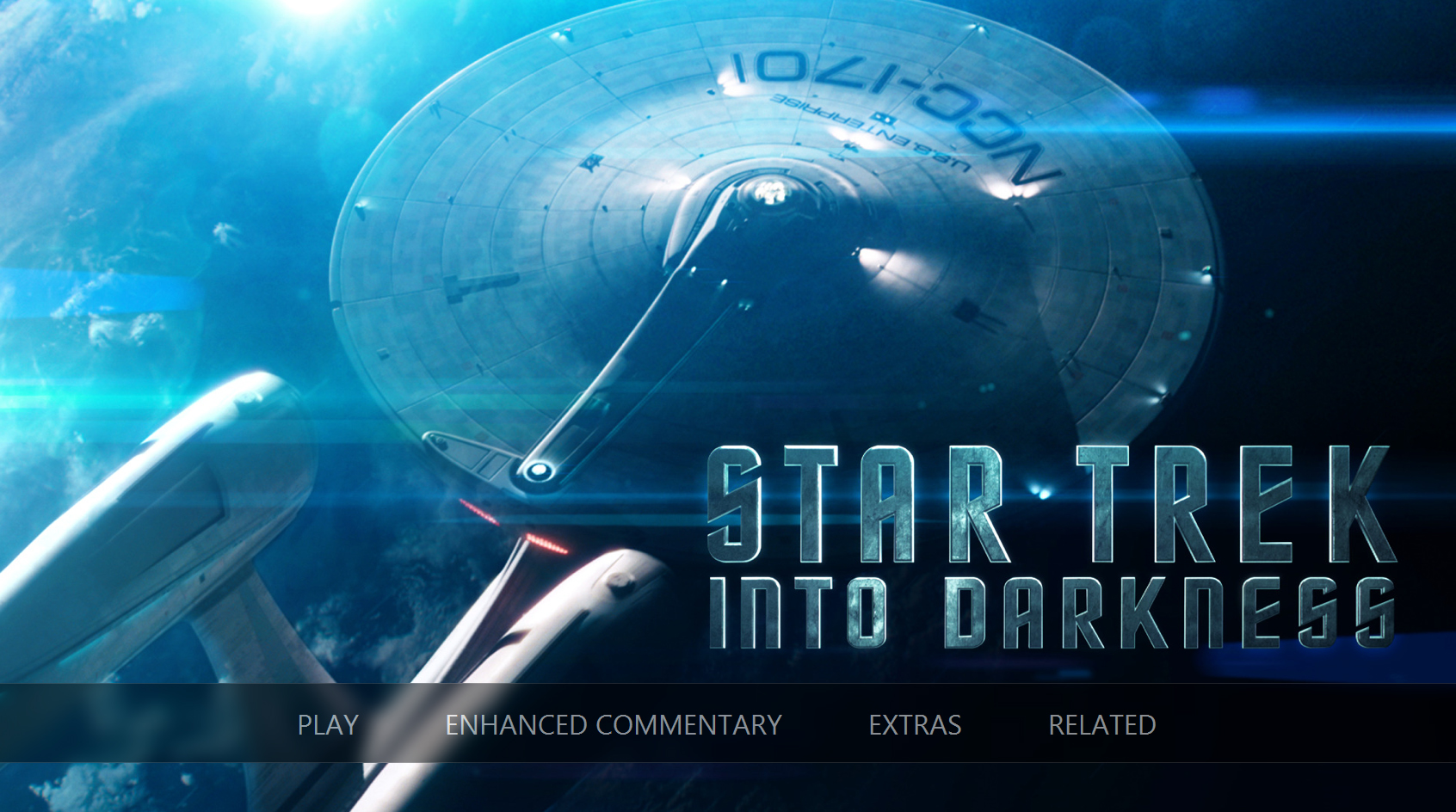
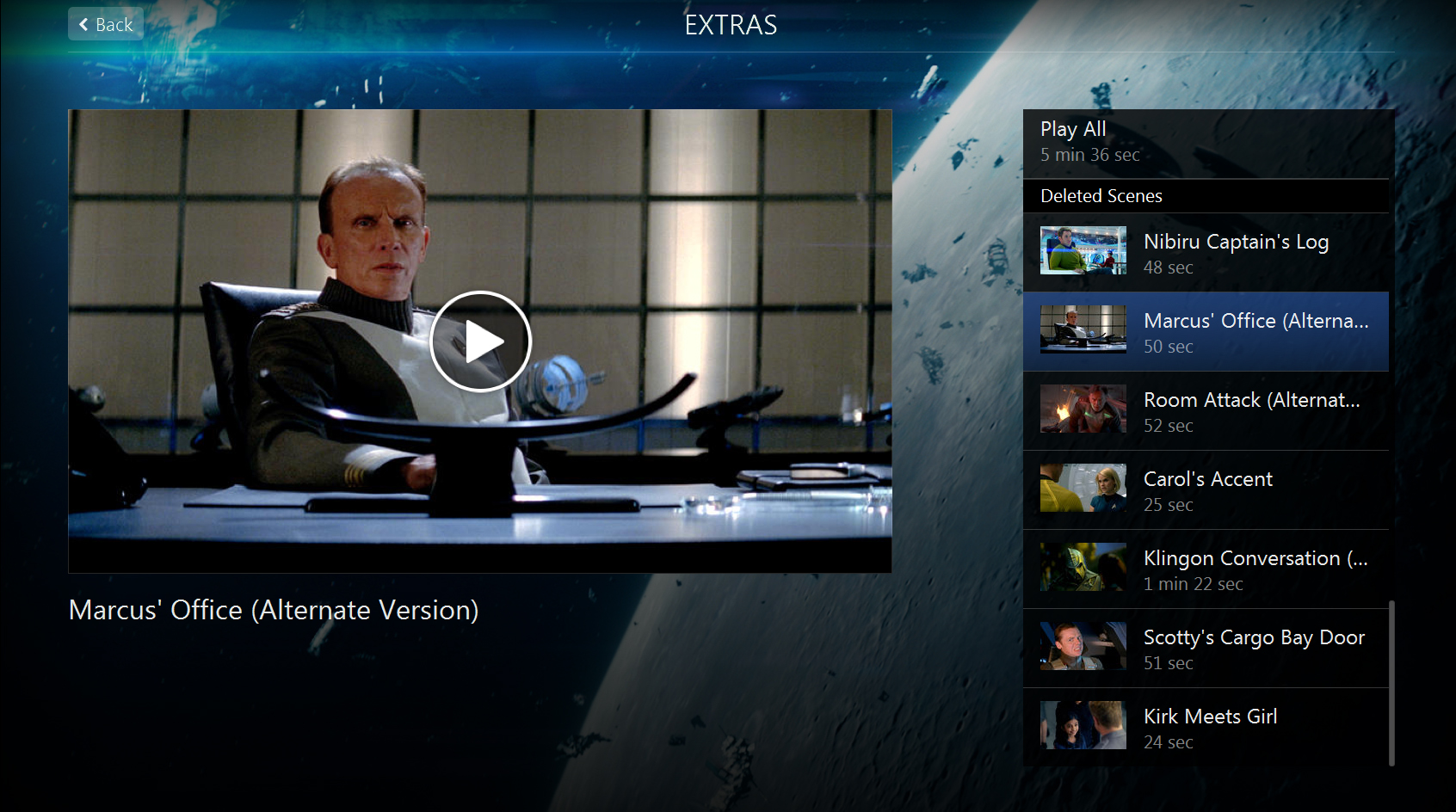
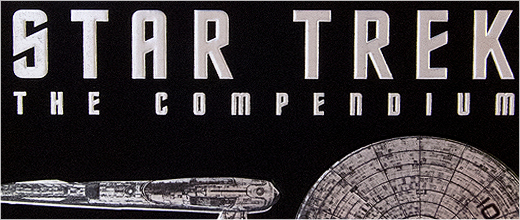



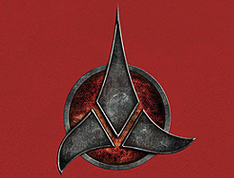
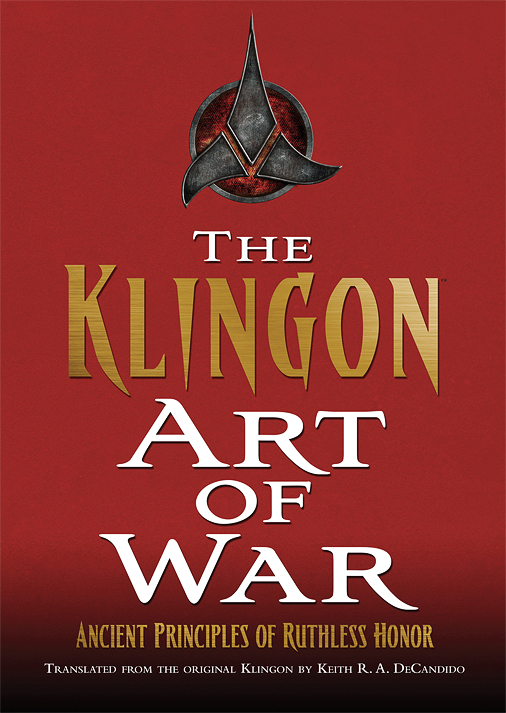
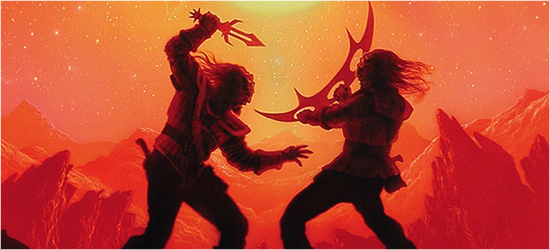

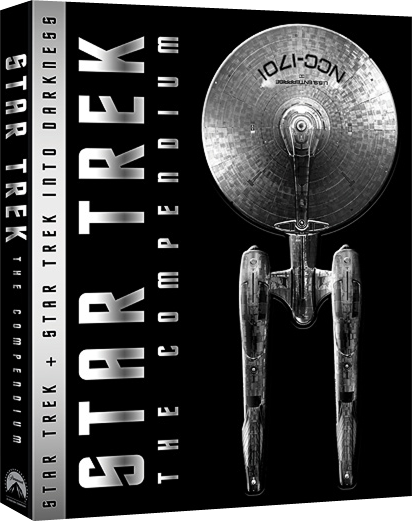



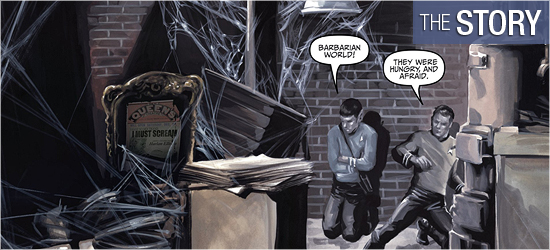
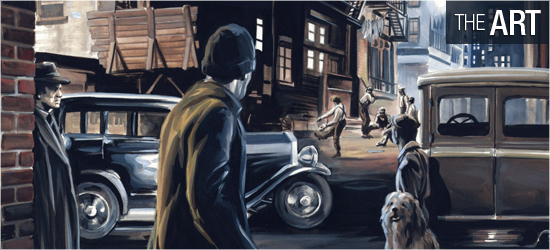
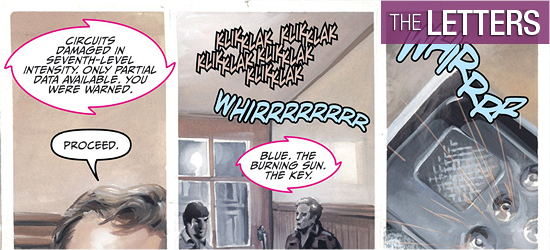

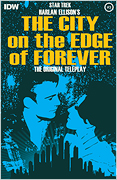
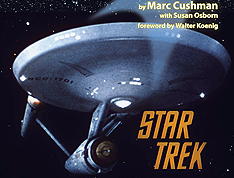

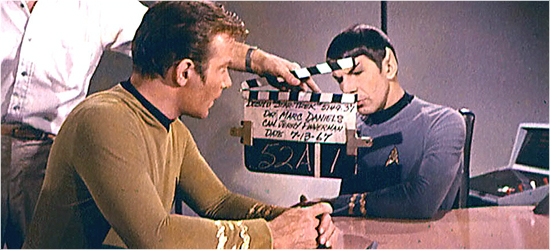 Individual episodes are featured in production order as the discussion between the producers, writers, and the network is chronicled, with each episode getting a separate chapter. The cast of characters featured by Cushman are at times both larger-than-life and surprisingly human. Through their memos regarding each episode’s script and production, we hear the voices of each of the producers and writers: Gene Roddenberry often insisting on a larger “message” to include in each script, Gene Coon focused on creating and maintaining a consistent “Star Trek feel,” Dorothy Fontana and her brilliant eye for characters and drama, and Robert Justman’s protestations about budget and believably couched in a sometimes dark sense of humor. Also included in each episode’s summary are reminiscences of guest actors and writers, the Neilsen ratings, and the historical context in which each episode was produced. Reportedly, Cushman’s editor did a lot of work to get him to trim back the amount of information included in this book. I can see how it would have been easy to get carried away. Even with the trims, there is a lot here, more than in the first book. And I’m informed that the third volume has even more with which to fill its pages! Interstitial chapters feature various writers and other background personnel as they join the production, such as David Gerrold and John Meredyth Lucas. Other sections are included, such as depictions of Star Trek in the popular media of the time and, of particular interest, an overview of story ideas that were purchased and in some cases even developed, but never aired.
Individual episodes are featured in production order as the discussion between the producers, writers, and the network is chronicled, with each episode getting a separate chapter. The cast of characters featured by Cushman are at times both larger-than-life and surprisingly human. Through their memos regarding each episode’s script and production, we hear the voices of each of the producers and writers: Gene Roddenberry often insisting on a larger “message” to include in each script, Gene Coon focused on creating and maintaining a consistent “Star Trek feel,” Dorothy Fontana and her brilliant eye for characters and drama, and Robert Justman’s protestations about budget and believably couched in a sometimes dark sense of humor. Also included in each episode’s summary are reminiscences of guest actors and writers, the Neilsen ratings, and the historical context in which each episode was produced. Reportedly, Cushman’s editor did a lot of work to get him to trim back the amount of information included in this book. I can see how it would have been easy to get carried away. Even with the trims, there is a lot here, more than in the first book. And I’m informed that the third volume has even more with which to fill its pages! Interstitial chapters feature various writers and other background personnel as they join the production, such as David Gerrold and John Meredyth Lucas. Other sections are included, such as depictions of Star Trek in the popular media of the time and, of particular interest, an overview of story ideas that were purchased and in some cases even developed, but never aired. 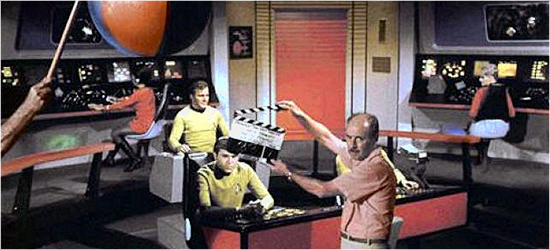 As with the first volume, the real joy in These Are The Voyages: TOS Season Two comes in sitting down with the hefty tome and rewatching the episodes. Even someone such as myself, who has seen each episode an uncountable number of times, can pick new things out of the show while following along with Cushman as he revisits the world of 1960’s television production.
As with the first volume, the real joy in These Are The Voyages: TOS Season Two comes in sitting down with the hefty tome and rewatching the episodes. Even someone such as myself, who has seen each episode an uncountable number of times, can pick new things out of the show while following along with Cushman as he revisits the world of 1960’s television production.